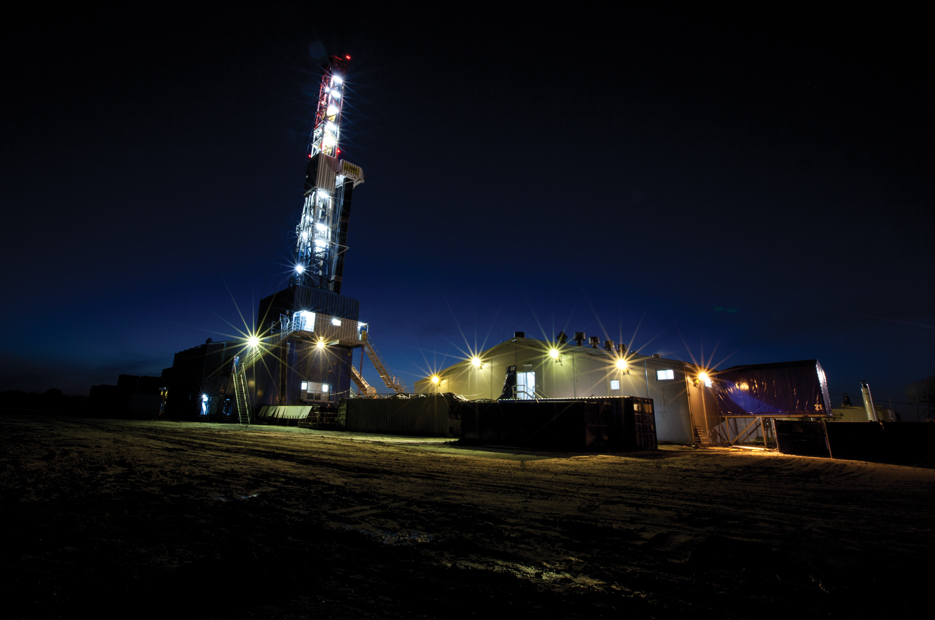
The US drilling surge could begin to plateau soon as operators grapple with both falling prices and growing constraints on equipment and labor.
Unless the oil market reverses course quickly, analysts said, the recent drop in crude prices to less than $43 a barrel could prompt operators in less prolific oil plays like the Bakken Shale in North Dakota to shed rigs.
Producers in more lucrative regions like the Permian Basin in West Texas may only slow the pace of the rig count growth if the market turmoil persists. But drillers there are also running low on rigs with high-horsepower systems that plow larger wells into the region’s dense rocks, and it has become increasingly difficult to find new oil field workers in the region, said Paul Mosvold, president and chief operating officer of Houston rig contractor Scandrill.
“We’re going to go flat on the rig increase because of the lack of available shale-ready rigs,” Mosvold said. And as prices fall, “are we going to see a dramatic slowdown in the Permian? I don’t think so. But in the peripheral areas, we could.”
US crude prices fell 3 percent on Tuesday to $42.85 a barrel in New York as traders reacted to news that Libya’s oil production will rise to its highest level in four years.
That drop could eventually slow the U.S. rig count, particularly in regions outside the Permian Basin, but it won’t stop the flood of oil coming from the nation’s shale plays. At this point, oil prices would have to fall into the low $30-a-barrel range to squeeze U.S. shale plays enough to force drillers to reduce oil production, analysts said. Several U.S. oil companies locked in $50-a-barrel oil prices for this year’s batch of crude production, and they’ll keep pumping crude into the oversupplied market, keeping a lid on prices.
“This bust phase is going to last longer than anyone expected,” said Bob McNally, president of consultancy Rapidan Group in Washington D.C. “There has been this false hope that shale or OPEC will return to a swing producer role.”
US oil production last year fell about 1 million barrels a day but OPEC raised output even more. This year, the 14-member cartel and 10 other countries including Russia have tried to keep 1.8 million barrels off the market, but only after a surge of output in the final few months of 2016. And U.S. shale drillers have responded by more than doubling the number of rigs across the country, and now the nation’s oil production is expected to climb to a new all-time record next year.
“OPEC cut from an all-time nosebleed record levels while unleashing a tsunami that hit the market in the first quarter,” McNally said. “The cuts haven’t been significant enough to put a dent in inventories.”
Rapidan expects crude oil inventories in OECD countries to decline over the summer but stored crude won’t drop nearly as much as other forecasters expect and Saudi Arabia hopes, he added. If his expectations turn out to be correct, he said, traders could eventually become disheartened enough to push oil prices back into the $30 a barrel range.
This article first appeared on the Houston Chronicle – an Energy Voice content partner. For more click here.
